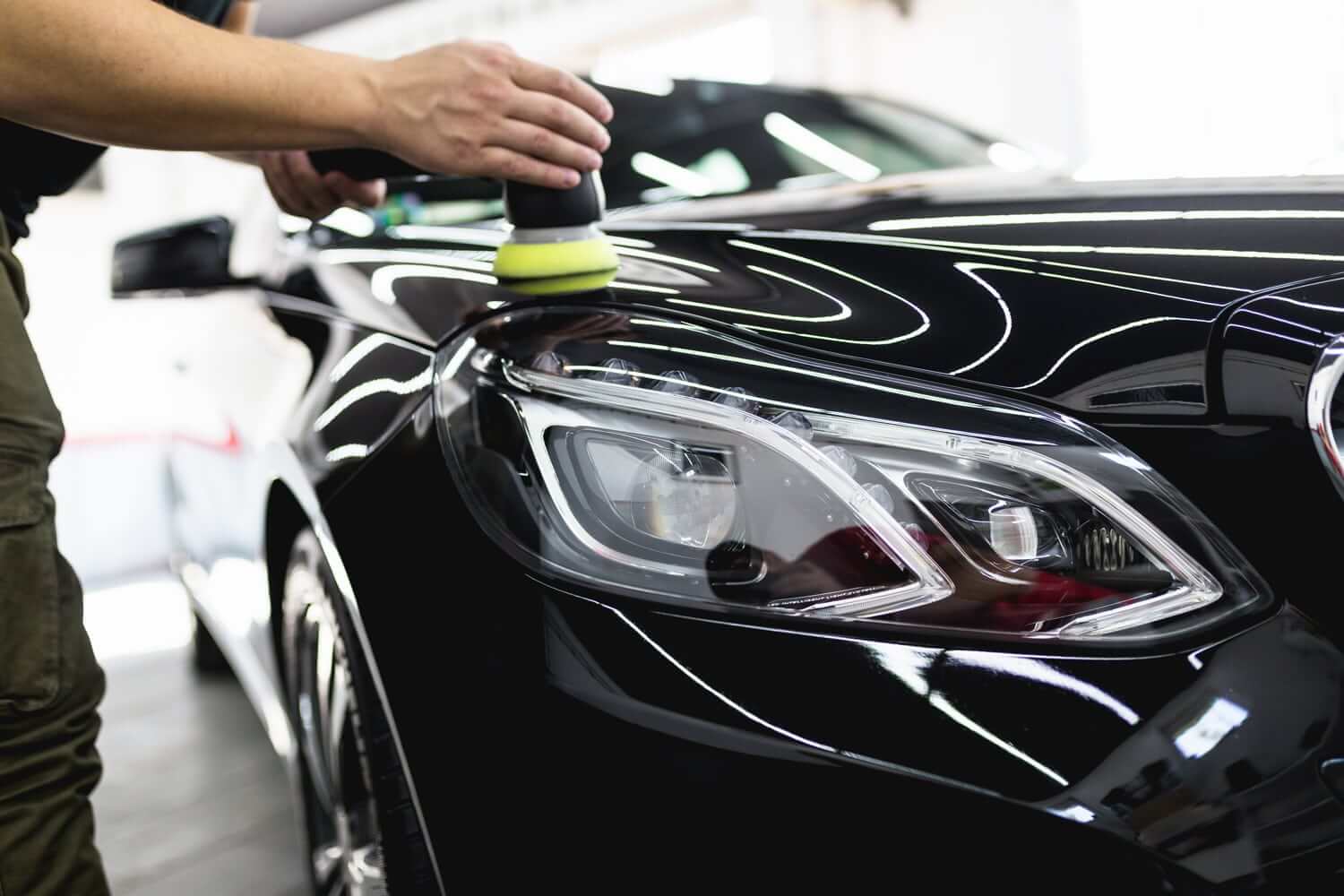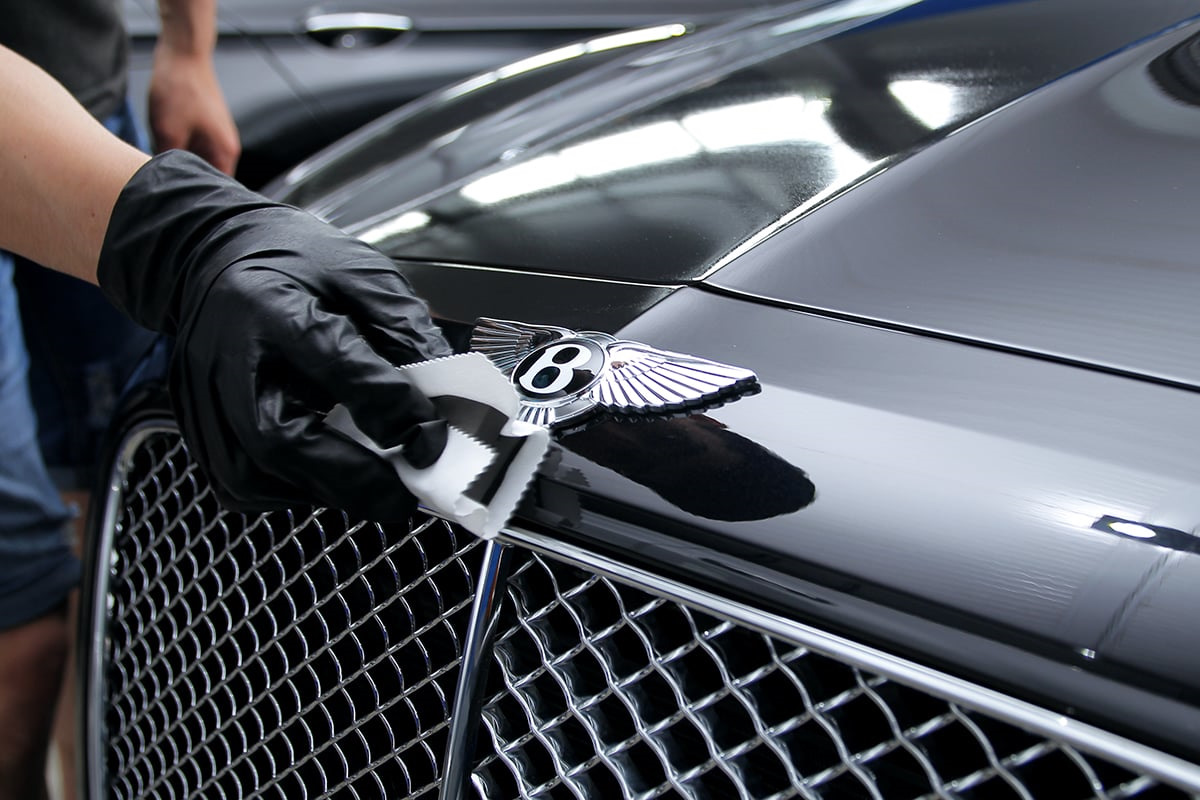Welcome to our blog, where we will delve into the fascinating world of paint correction in professional car detailing Brunswick and beyond. Whether you are a car enthusiast or simply someone who wants to maintain your vehicle’s pristine condition, this article will provide valuable insights into achieving a flawless shine.
With a friendly and approachable tone, we will discuss the importance of maintaining and restoring the shine of a car’s paintwork.
Understanding Paint Correction
Paint correction is a crucial aspect of car detailing Brunswick that removes imperfections from the exterior paint. These imperfections can include swirl marks, scratches, and oxidation, which can accumulate over time due to regular use and exposure to environmental elements. The goal of paint correction is to restore the original lustre and shine of the car’s paintwork, leaving it looking as good as new.
Tools and Products for Paint Correction
To achieve effective paint correction, various tools and products are required. One of the essential tools is a dual-action polisher, which helps to remove scratches and swirl marks without causing further damage to the paint. Microfiber towels are also necessary for wiping away residue and polishing the paint to a high shine. Additionally, clay bars are used to remove embedded contaminants from the paint surface, providing a smooth and clean base for correction.
When selecting products for paint correction, it is important to choose high-quality options suitable for the specific imperfections you are trying to address. For example, different compounds and polishes are available for correcting swirl marks and scratches, as well as products specifically designed for removing oxidation. It is also worth considering eco-friendly and safe products to ensure your vehicle’s and the environment’s well-being.
Step-by-step Process of Paint Correction
1. Preparation:
Before beginning any paint correction work, it is crucial to properly clean and decontaminate the car’s exterior. This involves washing the vehicle thoroughly to remove dirt and grime, using a clay bar to remove embedded contaminants, and possibly using a tar remover to eliminate stubborn tar spots.
2. Inspection:
Inspecting the vehicle’s paint thoroughly is essential to identify imperfections that require correction. This best car body repair Doncaster can be done by examining the surface under different lighting conditions to reveal swirl marks, scratches, or oxidation. Inspecting the paintwork carefully will ensure that you address all the necessary areas during the correction process.

3. Correcting Swirl Marks and Scratches:
Swirl marks often occur from improper washing techniques, while scratches can result from accidental contact with objects. Machine polishing with the appropriate pads and compounds is usually adequate to correct swirl marks. Choosing the right combination for your specific paint and the severity of the swirl marks is important. For deeper scratches, touch-up paints or professional assistance may be required.
4. Eliminating Oxidation:
Oxidation is a common issue that affects the paintwork of older vehicles. Methods such as wet sanding or compounding can be employed to remove oxidation. Wet sanding involves using progressively finer sandpaper to remove the oxidised layer, while compounding uses abrasive compounds to polish away the oxidation. It is important to note that both these methods carry risks, and if you are unsure, it is advisable to seek professional help.
5. Finishing Touches:
After completing the correction process, it is essential to refine the paintwork for a smooth and flawless finish. This can be achieved using finer polishes with a polishing pad to remove any remaining imperfections and enhance the shine. Finally, applying a high-quality wax or sealant will protect the newly corrected paint and provide a long-lasting glow.
Professional vs. DIY Paint Correction
While DIY paint correction can be a rewarding and cost-effective option for minor imperfections, there are instances where seeking professional assistance is recommended. If your vehicle has severe paint damage or if you lack experience in paint correction techniques, it is best to entrust the job to a professional. They have the expertise, tools, and products to handle complex paint correction tasks and ensure optimal results.
Conclusion
In conclusion, paint correction is a vital part of car detailing Brunswick that plays a significant role in maintaining a vehicle’s exterior shine and overall appearance. By understanding the process, using the right tools and products, and following a step-by-step approach, you can achieve a flawless shine that will make your car stand out. Remember to take proper care of your vehicle’s exterior by implementing paint correction techniques and enjoying the satisfaction of a beautifully restored paint job. We hope you found this article informative and invite you to share your experiences or ask questions in the comments section below. Happy detailing!





